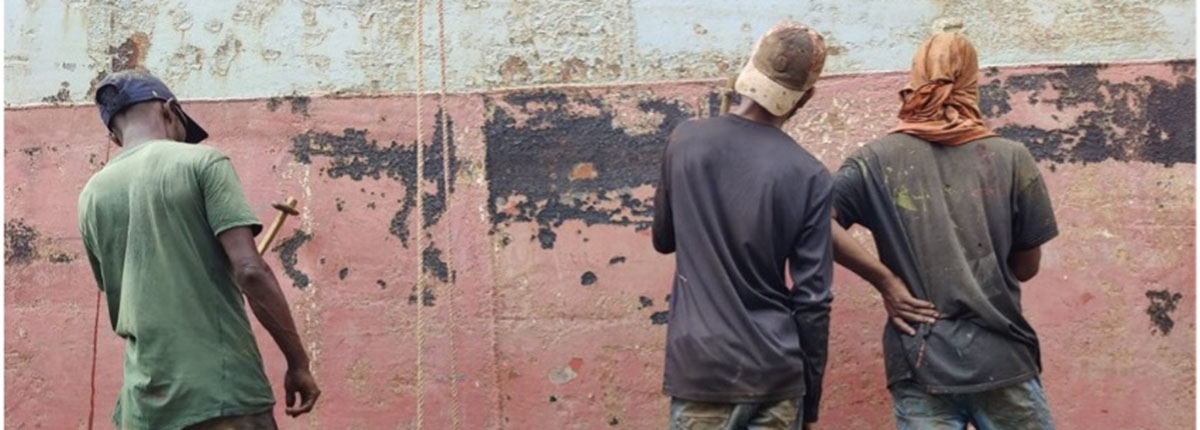
Resource
The Hidden Costs of Migration: Evaluating the Bangladesh-Malaysia Corridor
Malaysia has been employing millions of Bangladeshi migrant workers since the 1980s. In 2012, the governments of Malaysia and Bangladesh signed a memorandum of understanding (MoU) on labor migration. The MOU, known as the G2G (government to government) program, allowed Bangladesh to send migrant workers to Malaysia’s plantation sector. The G2G program was later reformed into the G2G Plus program in 2015 which expanded to include several other sectors. However, reports of corruption, malpractice, and exorbitant recruitment fees in the migration process of Bangladeshi migrants resulted in the Malaysia Government abolishing the MoU in 2018.
This study examines the costs of migration for Bangladeshi workers in the Bangladesh-Malaysia corridor. It does so by investigating the relationship between international recruiting agencies (IRAs), Bureau of Manpower, Employment and Training (BMET), Bangladeshi immigration intermediaries, migrant workers, and other stakeholders involved in the migration process. It also analyzes the structural conditions of the migration corridor, identify areas of improvement for migrants in the migration process, and suggests policy recommendations for the new MoU between the two nations.
Major Findings:
- Migrant workers reported paying $3,940 on average to migrate to Malaysia, roughly nine times higher than the $420 set forth in the G2G Plus MoU.
- Ten International Recruiting Agencies (IRAs) control the migration market to Malaysia.
- More than 50 percent of migrants were not offered an employment contract before migration.
The findings and recommendations identified in JDR3 research are now being used by USAID Asia CTIP program, who are closely working with partners in Bangladesh and Malaysia, to inform future advocacy activities with both governments. The knowledge gain from JDR3 will also contribute to USAID Asia CTIP future pilot initiative for safe and affordable recruitment model for migrants in Bangladesh and beyond.
